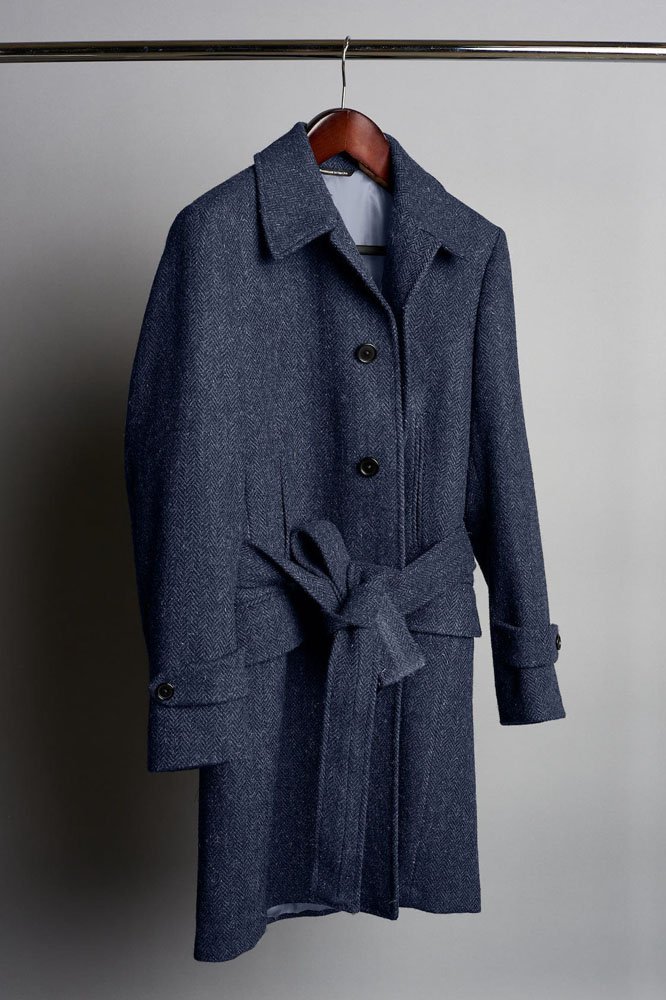Natural Fibers: The Unstoppable Icons of Winter Wardrobes
Every year it feels like I feel this for the first time: the holidays are done, New Years is done…and oh yeah…we STILL have 3 months left of winter. It NEVER ceases to blow my mind.
Natural fibers are like the Meryl Streep of winter fabrics—timeless, versatile, and undeniably superior. Here's why:
1. Temperature Regulation
Wool, cashmere, and alpaca aren’t just warm; they’re *intelligent.* They adapt to your body temperature, keeping you toasty without turning you into a walking sauna. Synthetics? They’ll have you sweating bullets one minute and freezing the next. Not exactly award-winning behavior.
2. Breathability
Natural fibers breathe like a fine wine uncorks itself—effortlessly and perfectly timed. Wool and cotton wick moisture *away* from your skin, letting your body stay dry and comfortable. Synthetics? They trap sweat and odor like they’re auditioning for a reality TV show no one wants to watch.
3. Sustainability Chic
Natural fibers are biodegradable and renewable—basically the eco-icons of the fabric world. Synthetic fibers are derived from—you guessed it—plastic. Do you really want your winter coat doubling as a glorified grocery bag?
4. Durability That Ages Like Fine Wine
Quality natural fibers like merino wool and cashmere get softer and cozier with time. Synthetics? They pill, snag, and start looking like a tired knockoff faster than you can say “fast fashion.”
5. Fire-Safe and Fabulous
Natural fibers tend to be flame-resistant (wool even self-extinguishes!), while synthetics melt into your skin like a bad relationship. That’s not the kind of warmth anyone needs.
So, the next time you’re picking out winter clothes, remember: natural fibers are the wardrobe legends. They’re warm, breathable, sustainable, and classy enough to never go out of style. Synthetics? Let’s just say they’re more of a fleeting trend than a classic hit. 🧣✨


